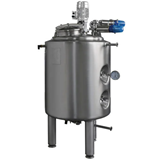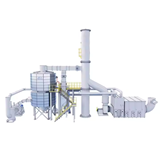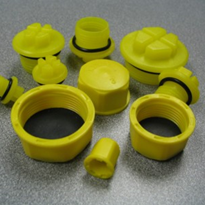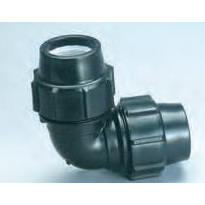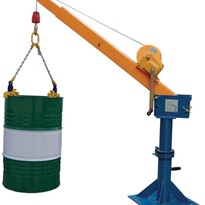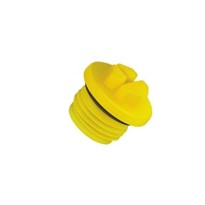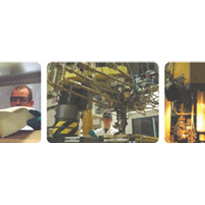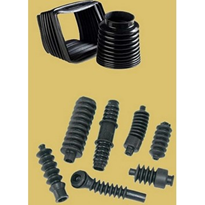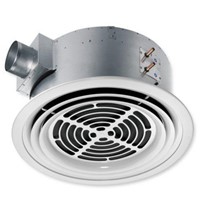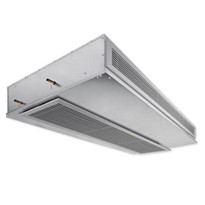O-rings can be damaged by chemical, thermal, or mechanical attack.
Chemical Attack
Process chemicals may attack the polymer chain or the elastomer crosslink. The cross linking system holds the polymer chains in place and gives the elastomer resiliency.
Signs of chemical attack are blisters and splits. The surface may be shiny or feel tacky.
Corrective Action
Select a different elastomer compound compatible with the process chemicals (a different cross link chemistry).
Thermal Attack
Exposure to temperatures near or above the temperature limit for extended periods of time can result in hardening, showing radial cracks if the elastomer is flexed. Thermal expansion may exceed the groove volume.
Elastomers are rated with an upper temperature, measured in hot, dry air. They may also be over-rated. Process chemicals often result in lowering the functional upper service temperature. Thermal failures should be considered any time an elastomer is used within 25 degrees C of its upper service temperature.
Corrective action
Reduce application temperature, minimise high temperature excursions and select and elastomer with a higher temperature capability.
Mechanical Attack
This can occur due to improper seal design or incorrect compound selection. Incorrect installation may result in cuts and spiral failure.
Corrective action
Proper equipment design, groove design and/or proper elastomer installation procedures can minimise the chances of part failure.


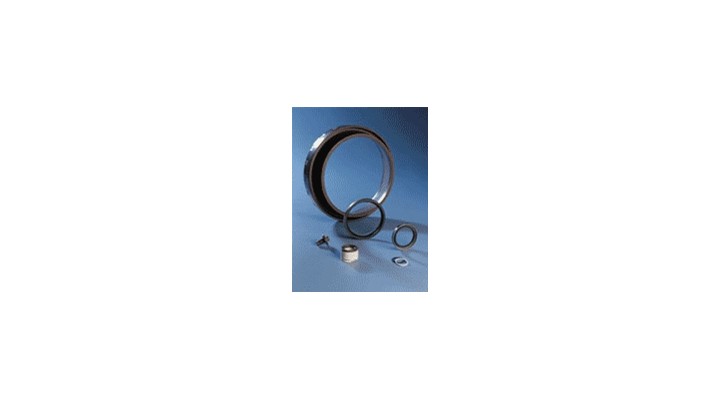
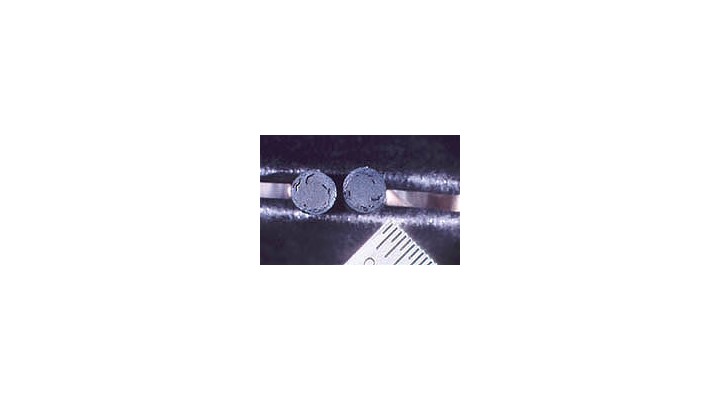
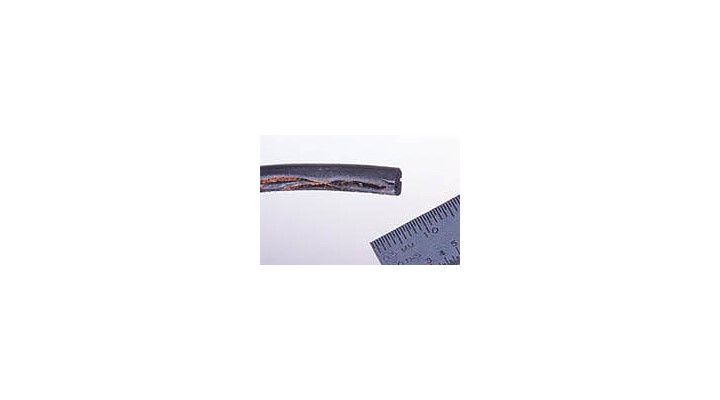
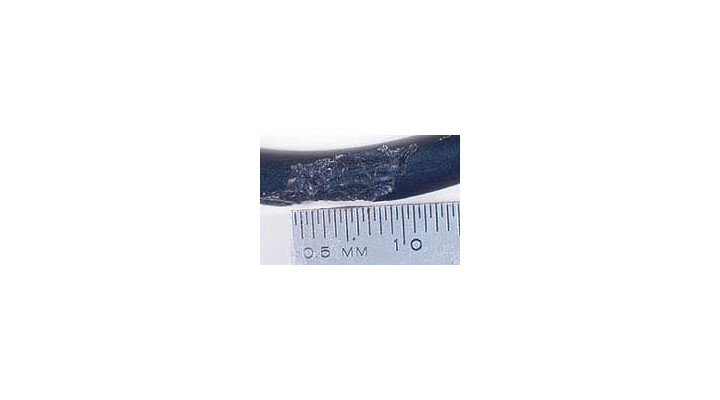
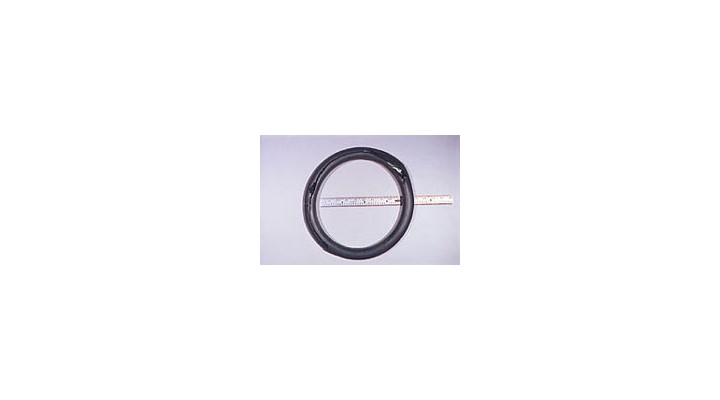
-160x160-state_article-rel-cat.png)



-160x160-state_article-rel-cat.png)










